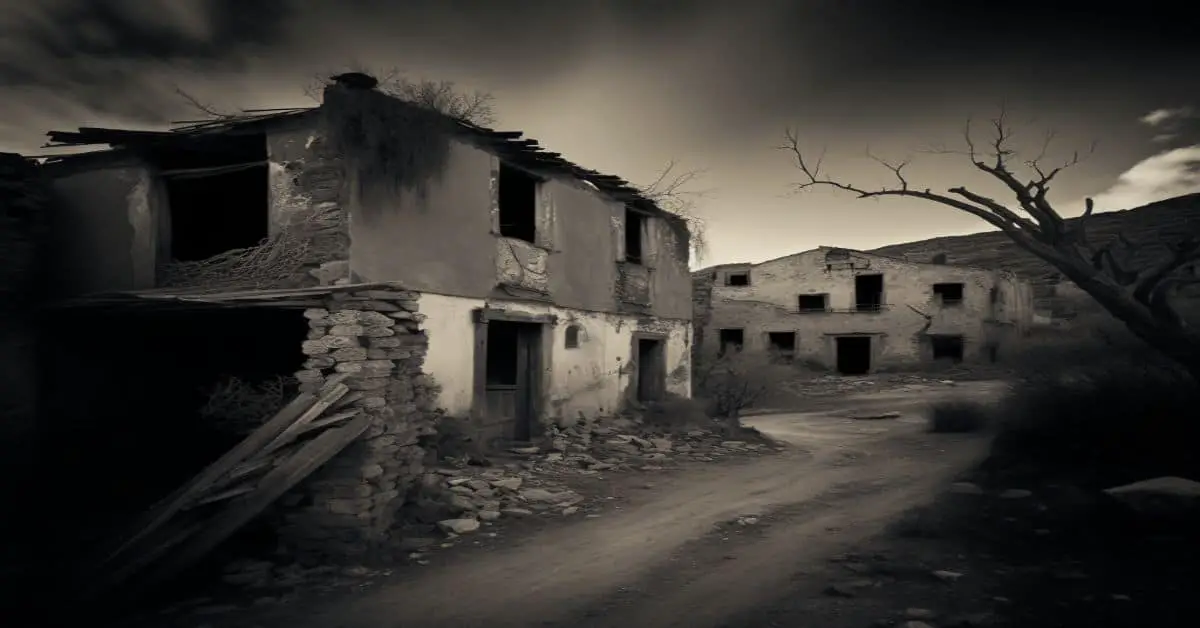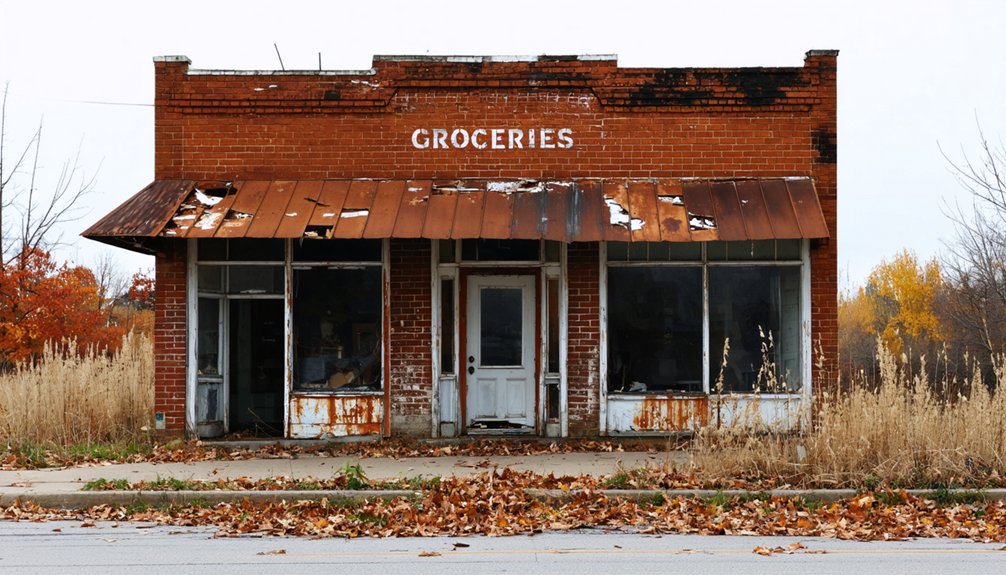Iowa is located in the United States Midwestern area and has a population of around 3,190,369. It was the 29th state to be declared part of the Union on December 28, 1846. While some have remained in place, others, for various reasons, are as dead as their first population.
There are more than 20 ghost towns in Iowa, and some historians believe there are at least 52, making this state an excellent location for those who love abandoned places. At the same time, some people think of Iowa as a less-than-spectacular destination, but the ghost towns that started the state all have fascinating histories and stories.
While some former towns have entirely disappeared over the years, a few with visible remains have survived through more than historical stories and tales.
Rockville, Iowa
Rockville is an abandoned city in Delaware County, Iowa, in the United States. It is one of the oldest towns in Delaware County and used to be a booming trade center. Rockville is located 3 miles northwest of Worthington and 1.5 miles west of today’s Iowa Highway 136, bordering Dubuque County inside North Fork Township. Rockville’s coordinates are 42°25′7″N 91°8′32″W.
Some say Oliver A. Olmstead founded Rockville on June 15, 1846, but historical records reveal the formal establishment was in 1845. Before being officially established as a town, the first settlers came in 1837 and 1839.
Oliver A. Olmstead installed a sawmill on the Maquoketa River around 1842. In 1843, the second blacksmith shop and schoolhouse in the county were built. In 1846, Rockville’s post office and the first hotel were built.
Rockville gained importance and population after all the town construction during the initial establishment. Aside from the town improvements and opportunities, its growth was also attributed to its location; Rockville was westward on the main road from Dubuque, was one of the Western Stage Company stations, and frequently hosted balls and social parties.
By 1915, Rockville was already considered a ghost town; its population consisted of just one person that year. The city suffered significant events that ultimately led to the untimely abandonment of the townsite. A great flood in 1851 submerged the whole town, the same year Delhi started.
Then, in 1857, the Dubuque & Pacific Railroad was completed and bypassed Rockville on the way to Worthington, only three miles away. As larger towns were established, transportation routes changed, and fewer visitors returned to Rockville, the once-bustling city started its decline.
Rockville is now only a remote abandoned town. Rockville Cemetery contains buried Civil War and Mexican War veterans. The surrounding ruins of an ancient mill on the Maquoketa River’s North Fork are also reminders of the town’s promising, yet unfortunate, past.
Elkport, Iowa
Elkport was a small town near the Turkey and Volga rivers. Today, it is a ghost town with a small residual population trying to hold on. This town is in Clayton at the Volga and Turkey rivers intersection and 71 miles northeast of Cedar Rapids.
Elkport, founded in 1855, got its name from Elk Creek. This town did not grow as large or rapidly as others, but it maintained a steady population of around 200 since 1910. By 1970, the population was less than 100, and by 2000, there were just 88 residents.
The city started to become a ghost town in 2004. Later that year, the two rivers flooded Elkport, forcing the remaining residents to relocate. As the land and homeowners moved out, they could sell their property to the United States federal government for a demolition project initiated by government entities.
Most of the buildings were demolished by 2006. However, according to the 2010 census, the population was 37, and it was estimated to be 36 in 2019.
Carrollton, Iowa
Carrollton is a ghost town that was once the county government seat. It was named after Charles Carroll, who signed the Declaration of Independence.
Carrollton was founded around 1850, and the county government was established by 1855. The town’s growth was slow, but a courthouse was built three years after the county government’s settlement.
The town’s fall started in 1867 with the completion of the Northwestern Railroad. Two years later, in 1869, Carrollton lost the county seat to Carroll City. The population declined until the last resident left, leaving empty buildings, homes, and other structures.
Donnan, Iowa
Donnan was a farm hamlet and was considered the smallest incorporated city. By 1916, it had only five blocks with 18 or fewer lots on each one, three north-south and two east-west streets, six houses, and a few farmhouses.
Donnan, Iowa, is in Fayette County, at the crossroads of the Chicago and Pacific railroads.
Donnan was founded in 1878, but its post office was established on July 10, 1874. This town was named to honor William G. Donnan, a House of Representatives member representing the region from 1871 to 1875.
The community had to be legally established in 1922 for the town to build a school. To fulfill the state’s 25-person minimum population requirements, the municipality was assigned a 1-square-mile piece of land within its borders. Consequently, the community didn’t grow much.
Donnan started to decline in the 1970s. By 1977, the town consisted of one abandoned grain elevator, an underused railway depot, three farms, four occupied residences, and a few unfinished structures. The population dropped to 13 the following year, 1978. The post office ceased all operations on July 23, 1982, and the last business closed in 1988.
In 1990, the remaining residents had to vote to disincorporate the town. The town’s mayor, Matthew Porter, stated that three of the remaining population were in their 70s, leaving no one else to carry on the city as it was, leaving disincorporating as the only valid option.
In March 1991, Donnan was no longer a town but a small community with a declining population. The population remained in the single digits throughout the 1990s. In 2009, the former mayor of the town, Matthew Porter, tragically lost his life in a house fire where he had continued to live in Donnan.
Today, all left of this town is a monument on New Donnan Road to pay tribute to the empty community.
Final Thoughts
Whether it was a natural disaster, economic reasons, or just that it lacked some luck to grow over the years, many towns vanished entirely or have left just a few ruins or buildings that remain as a memory of what they used to be. Many of these towns have been forgotten, while others are well known, but what is certain is that they all have stories to tell.



